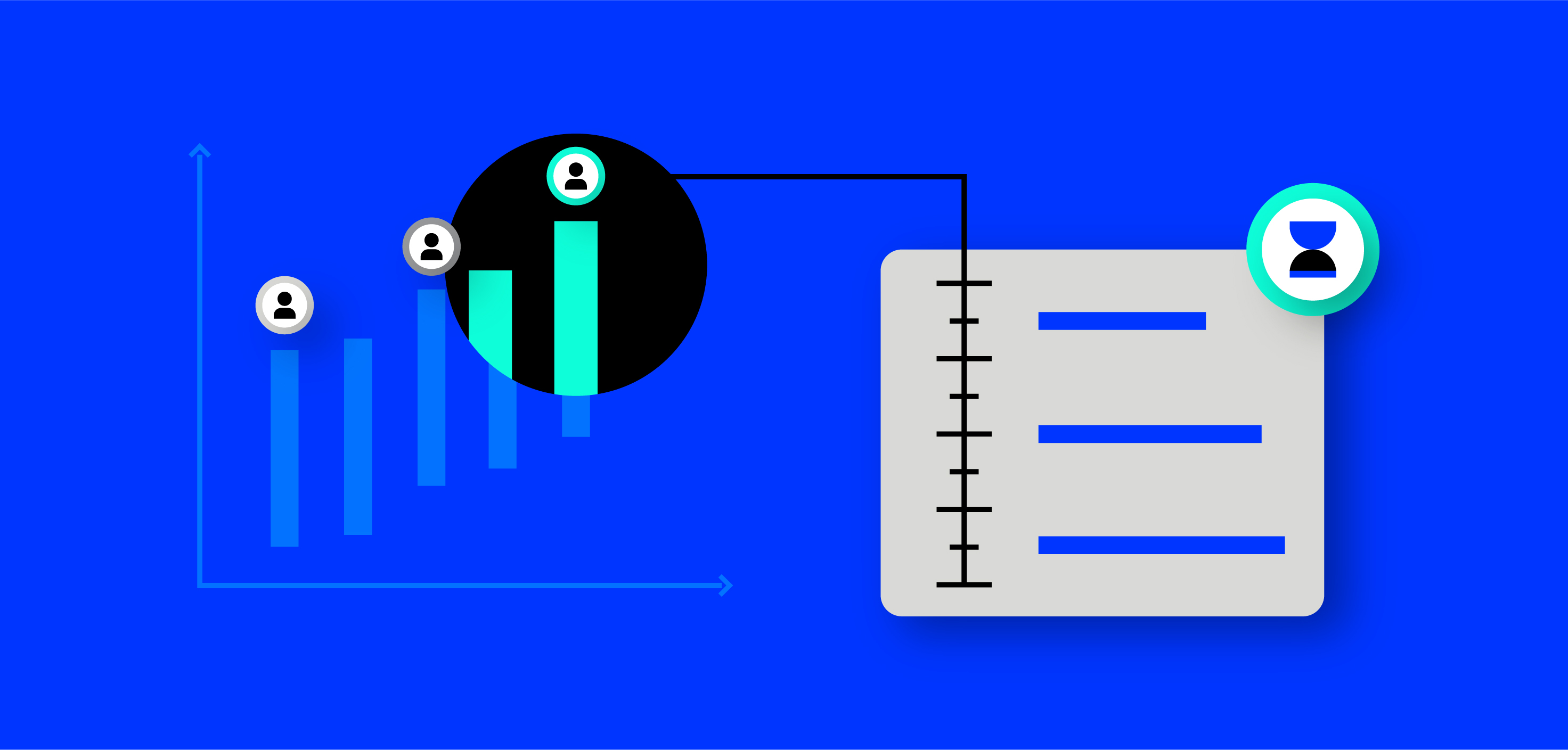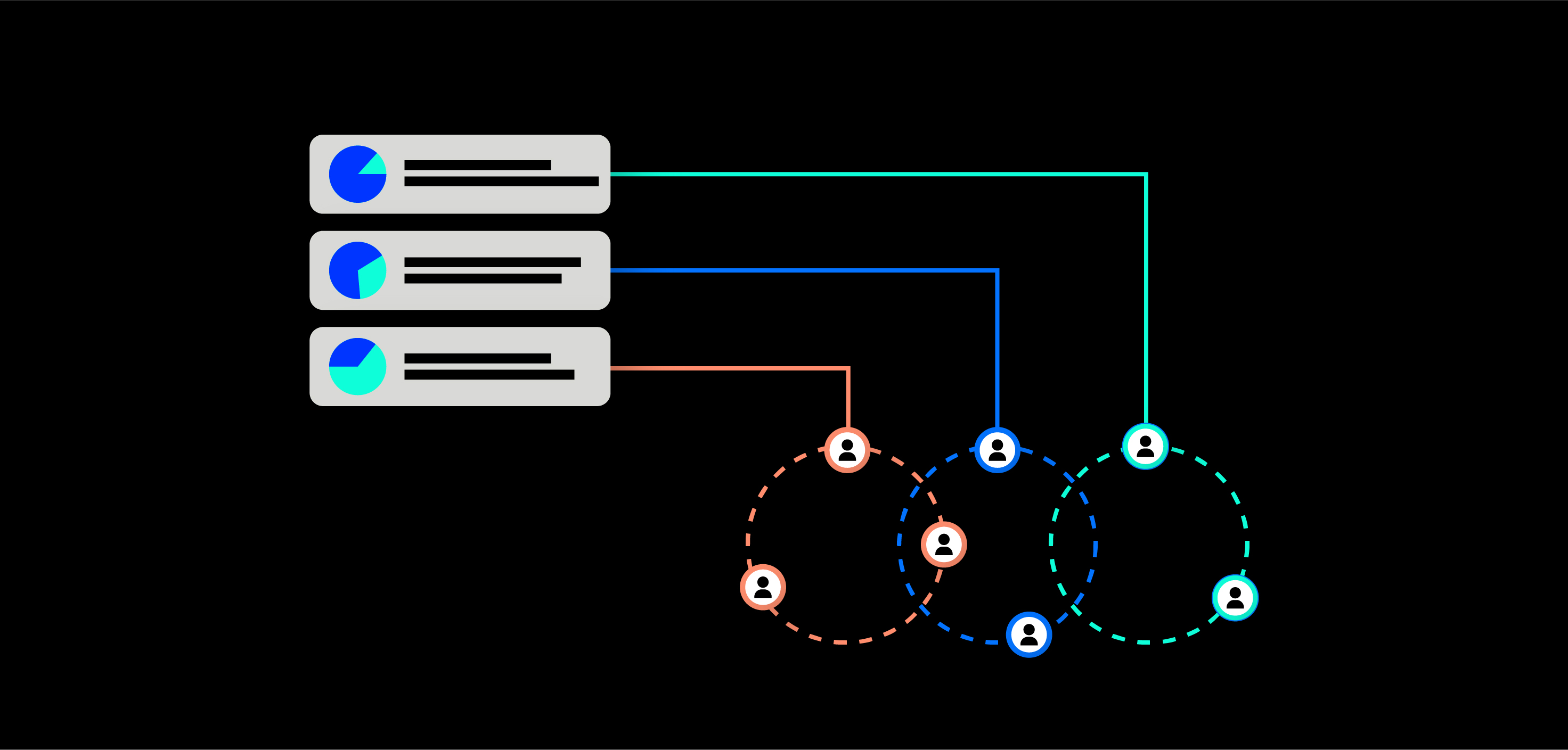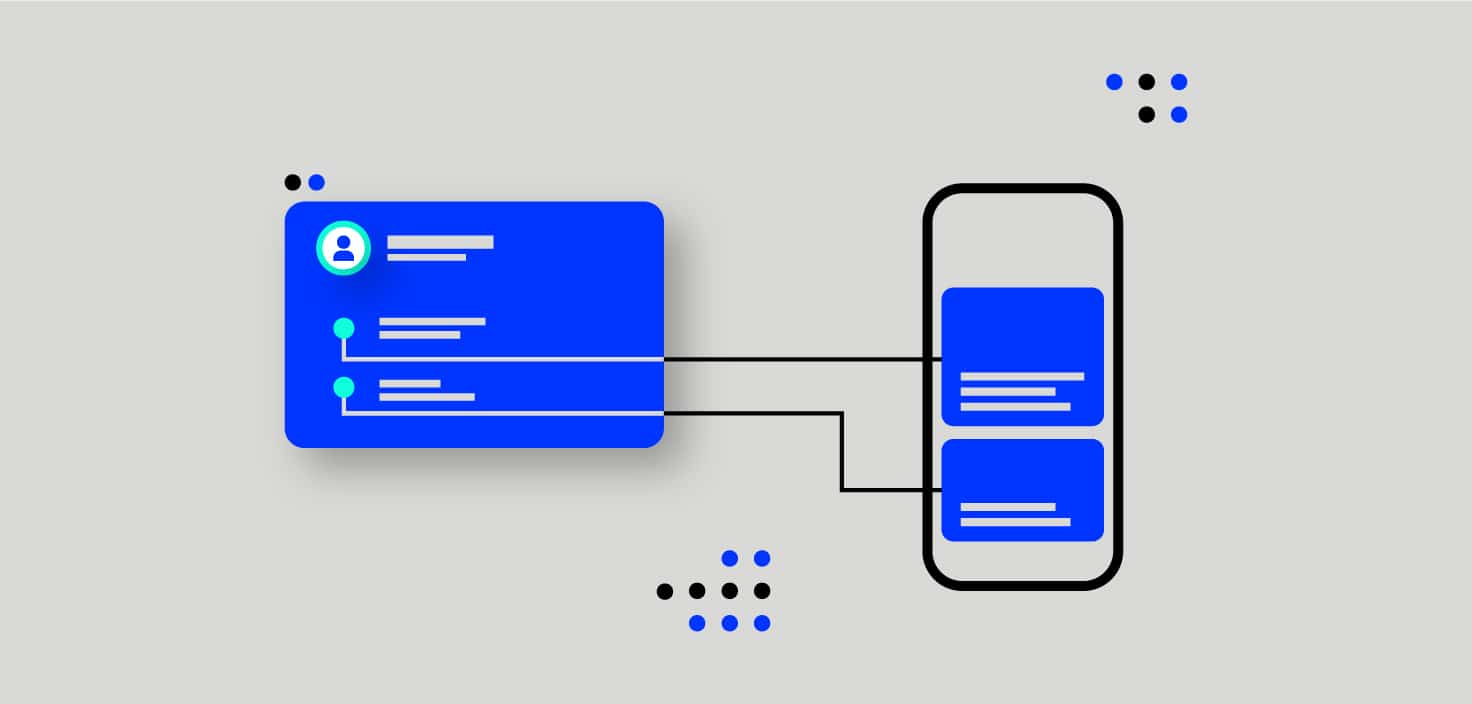The Future is History: Using Historical Data to Foresee Your Campaign's Results Before its Launch
- Reading Time: 5 minutes
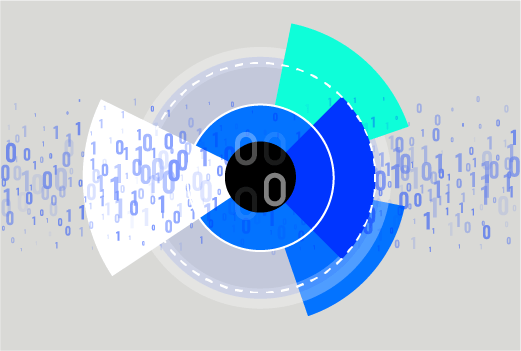
Sign up
to drive your business with the power of data
Data and analytics have revolutionized fields the world over. In sports, Liverpool became the champions of Europe and England, the Houston Astros have had success in baseball, and the Warriors have revolutionized the way basketball is played forever – all using analytics to change how things are done. In agriculture, data analytics are changing the way farmers grow and provide their food. In healthcare – very much a field on everyone’s mind – analytics are allowing doctors to measure everything from heartbeats to calories, and combine huge amounts of data into actionable insights. In every field, analytics is changing the way things have been done in dramatic and exciting ways.
Marketing is a field that once was based much more on experience, feel, and the random notions of top executives. That’s the case no longer, as predictive analytics has taken over marketing, leading to campaigns being more tailored – and successful – than ever before.
How is Historical Data Used?
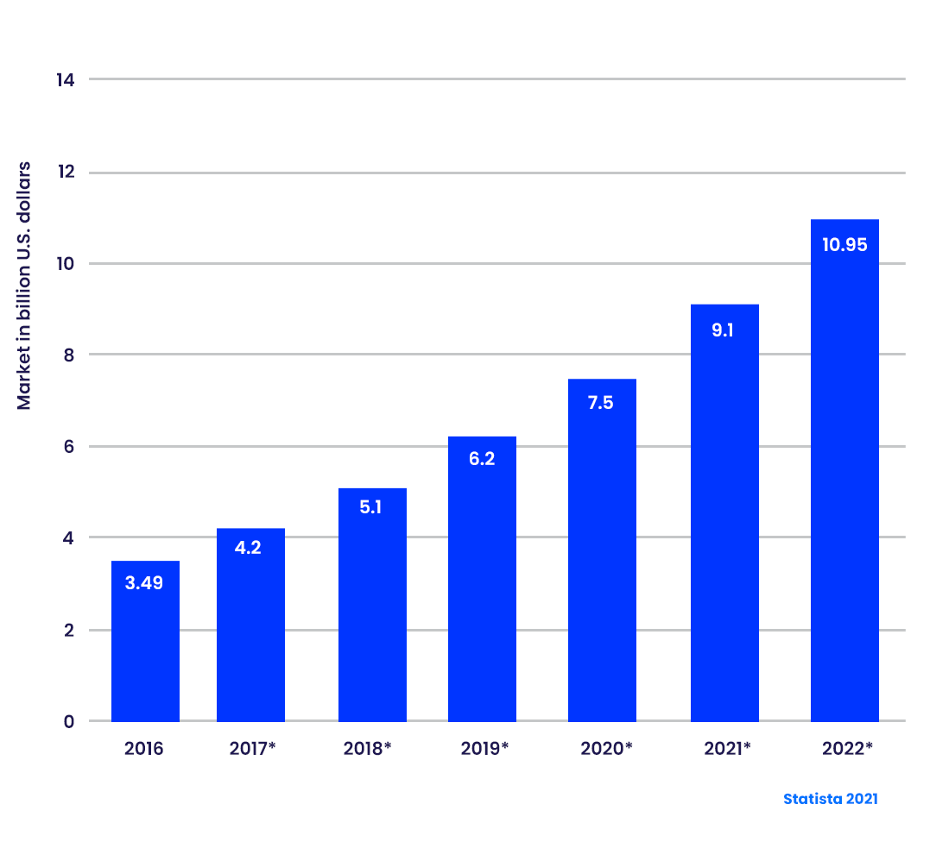
Ways to See the Future of Your Campaign
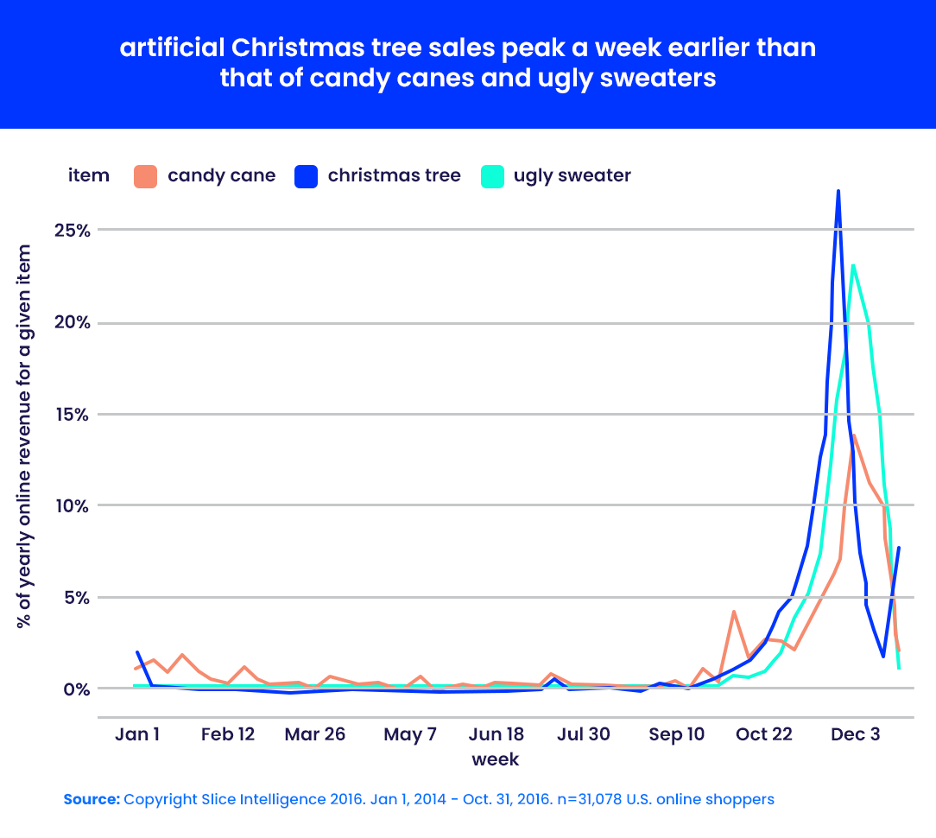 It turns out that different kinds of Christmas gifts sell at different times, so even the most simple of situations can change when you look at things analytically.
2) Refining Segmentation
Defining a target audience is part of every campaign, but predictive analytics can take it to the next level. One size doesn’t always fit all, of course, and oftentimes the most efficient approach is one that nurtures and segments customers based on highly specific behavioral and demographic data to help define content and generate sales.
These mean so much more than deciding that, say, uneducated white males over the age of 50 are more likely to legal weaponry and guns. Predictive analytics gives a full overview of a campaign’s projected costs, revenue, and profit compared with its size, so campaigns are actually sized perfectly in tune with marketing and business objectives.
In the graph below from SPSS, targeting a greater number of customers would actually lead to LESS profit, which again is not necessarily an intuitive outcome.
It turns out that different kinds of Christmas gifts sell at different times, so even the most simple of situations can change when you look at things analytically.
2) Refining Segmentation
Defining a target audience is part of every campaign, but predictive analytics can take it to the next level. One size doesn’t always fit all, of course, and oftentimes the most efficient approach is one that nurtures and segments customers based on highly specific behavioral and demographic data to help define content and generate sales.
These mean so much more than deciding that, say, uneducated white males over the age of 50 are more likely to legal weaponry and guns. Predictive analytics gives a full overview of a campaign’s projected costs, revenue, and profit compared with its size, so campaigns are actually sized perfectly in tune with marketing and business objectives.
In the graph below from SPSS, targeting a greater number of customers would actually lead to LESS profit, which again is not necessarily an intuitive outcome.
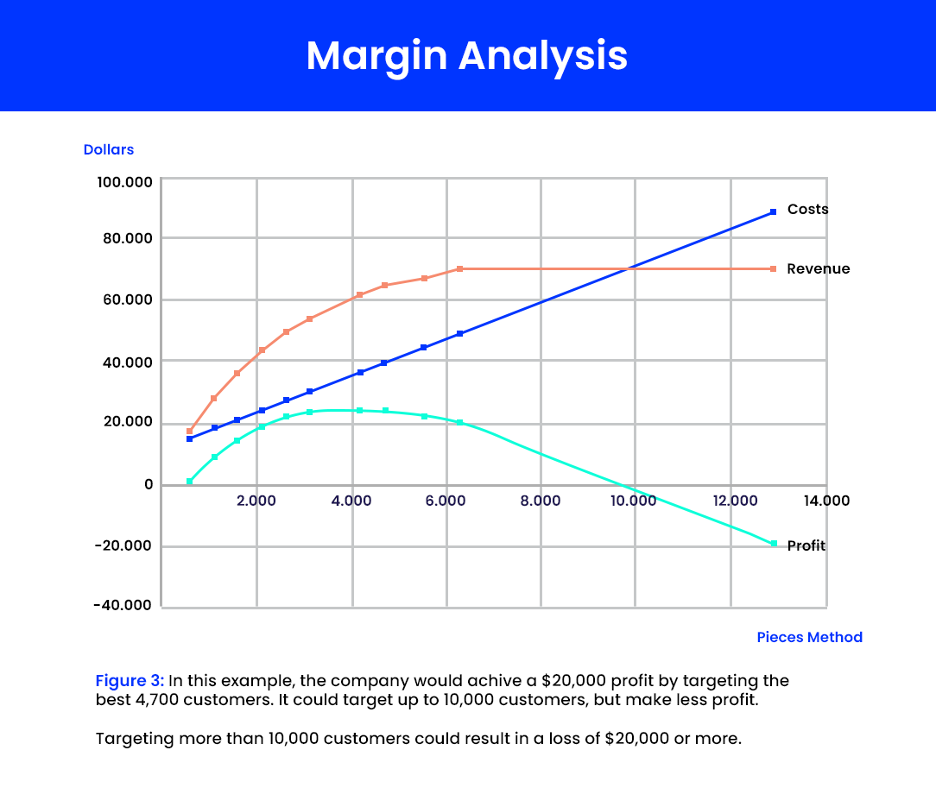 3) Anomaly – or Outlier – Detection
Anomaly detection, or outlier detection, or outlier analysis, is a way to use data to spot unusual differences in behavior right away. These can be data points, events, or observations that suggest mildly or wildly abnormal behavior. Once you have spotted this, you can begin working out what’s really going on. This means you can catch technical issues earlier, but more importantly it means you can see a business opportunity just as it’s cropping up, for instance a change in consumer behavior that allows you to benefit before anyone else has noticed it. Essentially platforms like Dataroid allow you to make better and faster decisions using Anomaly Detection.
3) Anomaly – or Outlier – Detection
Anomaly detection, or outlier detection, or outlier analysis, is a way to use data to spot unusual differences in behavior right away. These can be data points, events, or observations that suggest mildly or wildly abnormal behavior. Once you have spotted this, you can begin working out what’s really going on. This means you can catch technical issues earlier, but more importantly it means you can see a business opportunity just as it’s cropping up, for instance a change in consumer behavior that allows you to benefit before anyone else has noticed it. Essentially platforms like Dataroid allow you to make better and faster decisions using Anomaly Detection. Key Takeaways
There are massive amounts of data to analyze in fields the world over, and how to blend using this data with industrial know-how can be difficult for many companies. That’s why Dataroid features algorithms and artificial intelligence that blends these together to predict future behavior in remarkable ways. This holds just as true in marketing as in any other field, so if you’re looking to see which company is on the rise – in any field, from sports, to agriculture, to health care – just see which one is hooked most into investing in predictive analytics and you’ll have found which business is best at predicting the future.
YOU MAY ALSO LIKE
Drive your digital growth
Schedule a demo today to learn more on how we can help you unleash the potential of digital using Dataroid.



